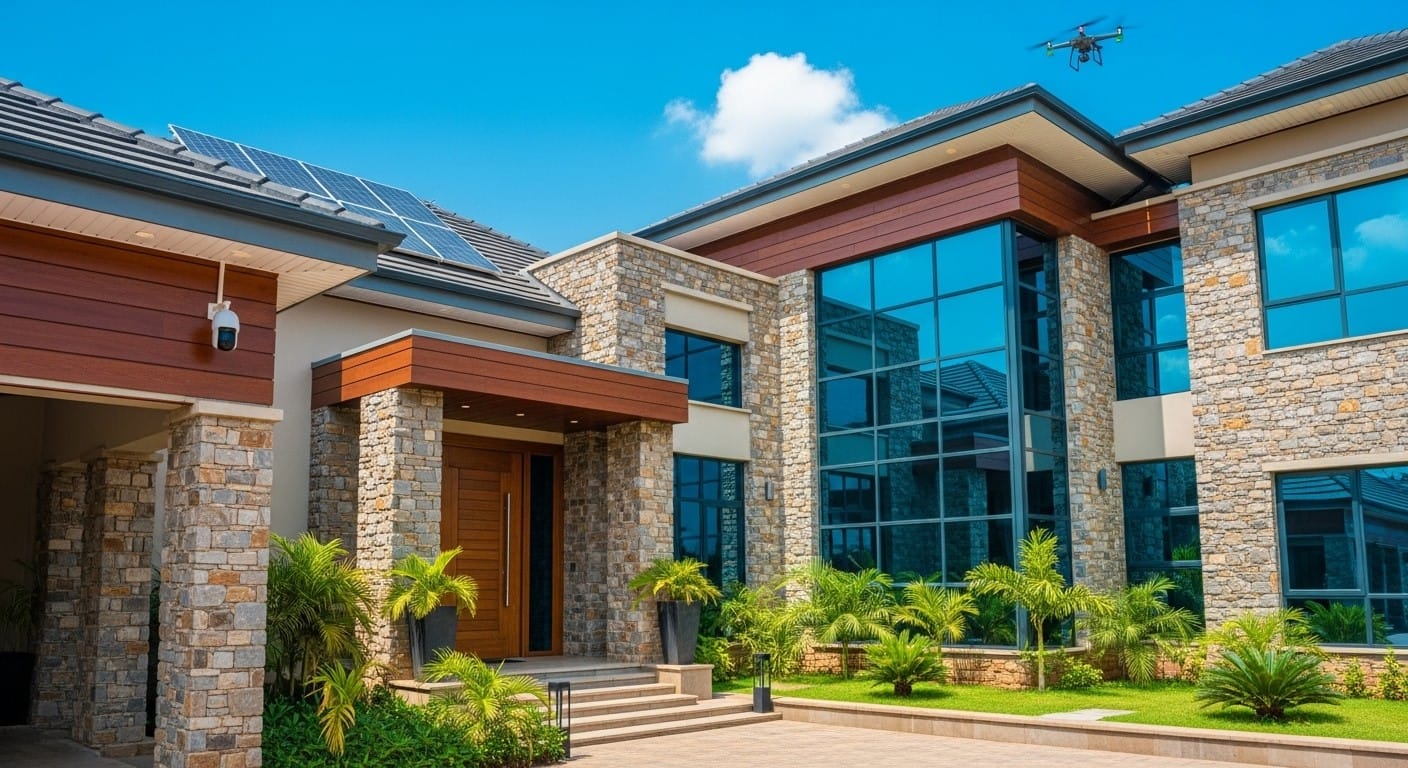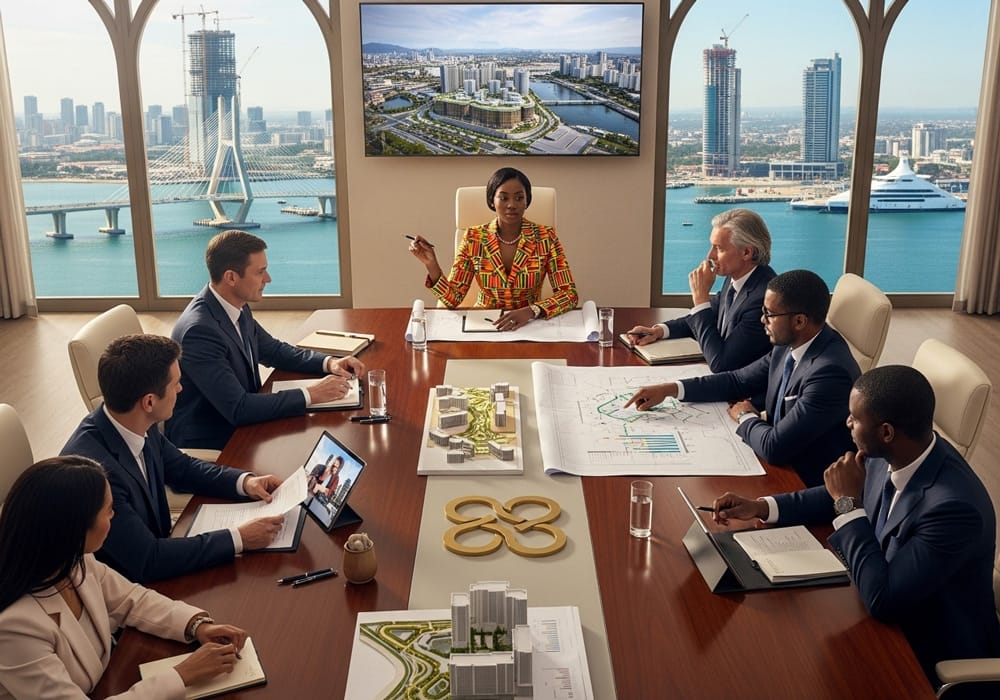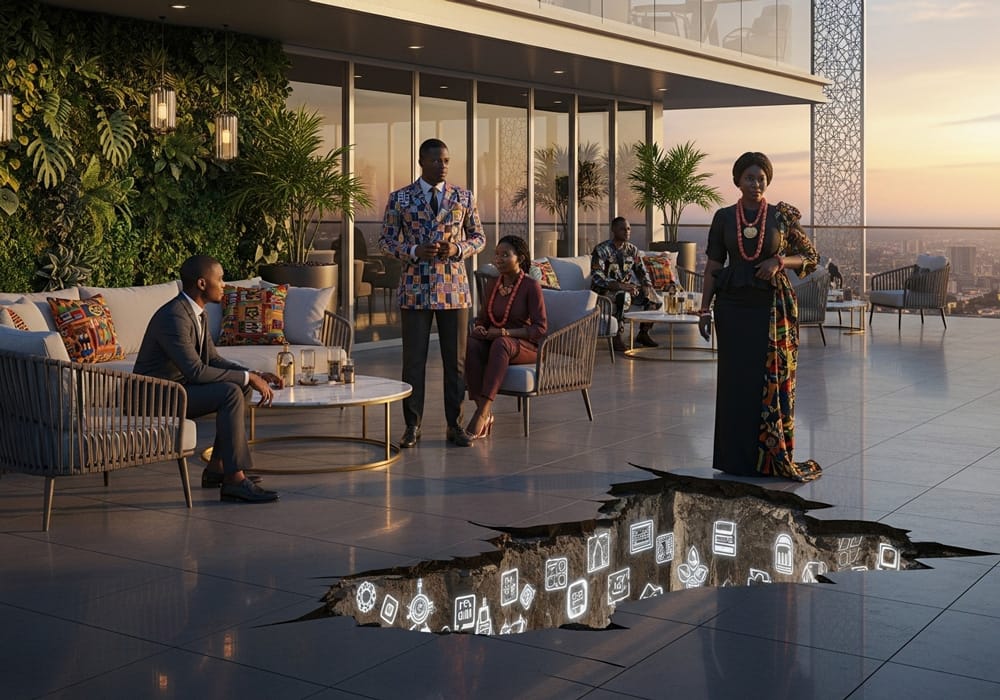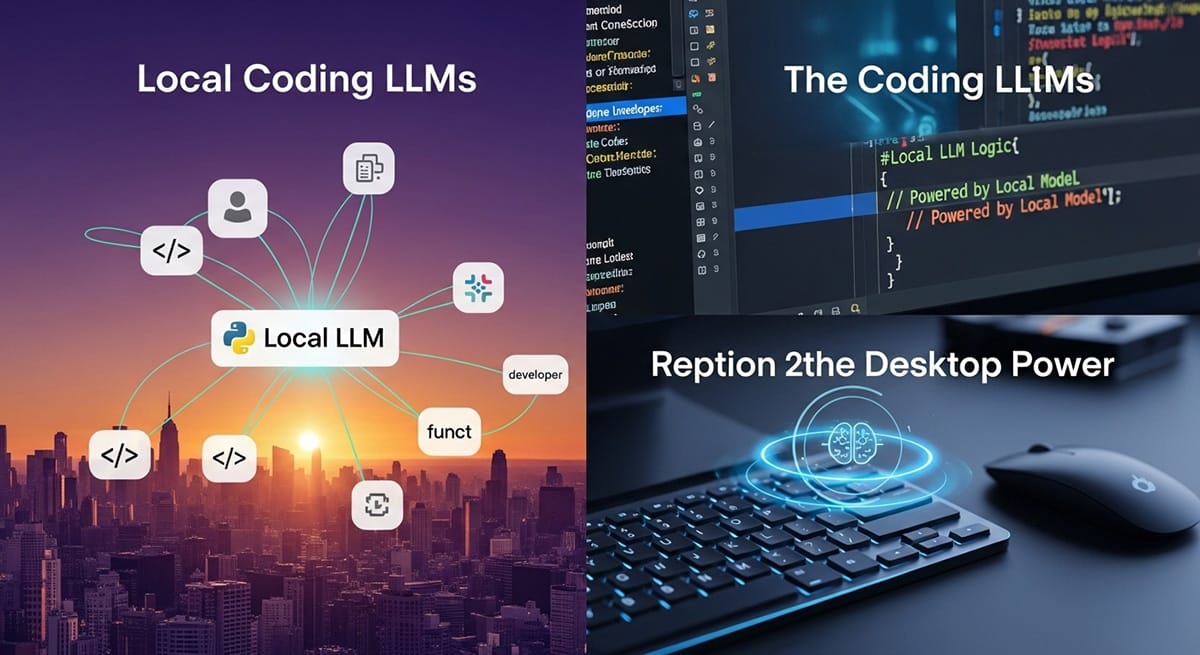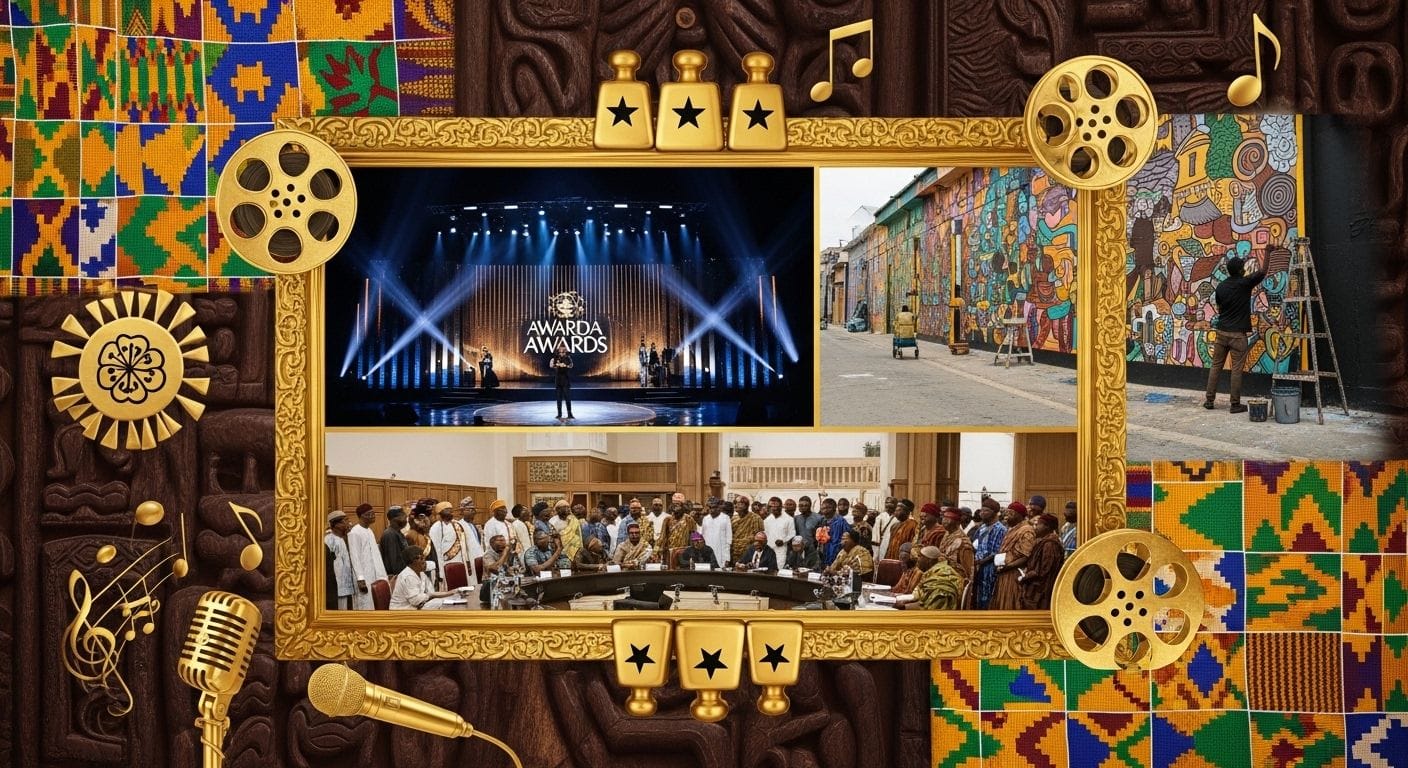Tech-Driven Architecture: How Smart Homes Are Reshaping Residential Design in Ghana
The concept of a “smart home” has evolved from a futuristic novelty into an essential component of modern living, as fundamental as electricity or plumbing. Globally, homebuyers and renovators increasingly expect residential systems like lighting, climate, and entertainment to feature advanced automation and control. This global trend is finding unique expression in Ghana, a nation undergoing a profound digital transformation. As Ghana’s burgeoning digital economy expands, its influence is extending into the very fabric of our homes, prompting a re-evaluation of residential design and construction.
This technological shift is not just happening in the marketplace; it’s being nurtured in academia. A recent study reveals that architecture students across Ghana demonstrate a growing awareness of and interest in Emerging Digital Technologies (EDTs). This combination of global innovation and emerging local expertise sets the stage for a revolution in modern and tech-driven architecture, fundamentally altering how homes in Ghana are designed, built, and experienced.
The Core of a Truly Smart Home: An Integrated Ecosystem
A modern smart home transcends a simple collection of gadgets. It is a fully integrated ecosystem where various devices communicate and work together seamlessly. Leading platforms like Control4, Crestron, and ABB-free@home unify lighting, shading, security, audio-visual systems, and even kitchen appliances onto a single, intuitive platform. This integration delivers tangible benefits that enhance daily life:
- Unmatched Convenience: Manage your entire home from a single app, a wall-mounted touchscreen, or with a simple voice command. Homeowners can create personalized “scenes,” such as a “Good Morning” scene that slowly raises the shades, turns on the news, and adjusts the thermostat.
- Enhanced Security: Integrated security systems offer peace of mind. Smart locks, doorbell cameras like those from Ring or Nest, and motion-activated lights can be monitored and controlled from anywhere in the world, sending instant notifications to your smartphone.
- Greater Energy Efficiency: Smart technology can significantly reduce a home’s energy consumption. Smart thermostats learn your family’s schedule to optimize heating and cooling, while automated shading systems harvest natural light and reduce solar heat gain, saving money and resources.
- Improved Comfort & Wellness: The “home as refuge” is a powerful trend where technology is used to create a healthier and more relaxing environment. This includes systems that monitor and manage air and water quality, and tunable lighting that mimics the sun’s natural circadian rhythm to improve sleep and mood.
Key Architectural Trends Driven by Smart Technology
Smart home technology is no longer an afterthought; it is a core consideration during the architectural design phase. Architects and designers are now collaborating more closely than ever with technology integrators to create spaces that are both beautiful and intelligent.
Intelligent Lighting and Shading
Lighting control has moved far beyond a simple dimmer switch. Modern systems from companies like Lutron offer dynamic, tunable LED fixtures that can change color temperature throughout the day—from a cool, energizing light in the morning to a warm, relaxing glow in the evening. This not only enhances the aesthetic of a space but also supports human well-being. Automated shades and drapery work in concert with lighting, precisely controlling natural light to protect interiors, reduce glare, and maximize energy efficiency without sacrificing the view.
Seamless Aesthetic Integration
A primary goal of tech-driven residential design is to make the technology disappear. Clunky gadgets and visible wires are a thing of the past. Today’s smart home components are designed to blend seamlessly into any decor. This includes custom-engraved keypads that match wall finishes, in-ceiling speakers that are virtually invisible, and a variety of trim options for lighting fixtures to complement the home’s aesthetic. The result is a powerful, connected home where the focus remains on the architectural design and interior beauty.
The Rise of Artificial Intelligence (AI)
The next frontier is the AI-powered home. This technology promises to create a truly intuitive environment that learns a user’s habits and anticipates their needs. Imagine a home that recognizes your mood and adjusts the music and lighting accordingly, or a system that can predict when an appliance is about to fail and schedule a repair. In terms of security, AI can analyze surveillance footage to distinguish between benign movement and a potential threat, triggering an appropriate response automatically.
The Ghanaian Context: Fostering a New Generation of Tech-Savvy Architects
The foundation for the future of smart homes in Ghana is being built within its universities. Research shows a clear and growing awareness of key digital technologies among the country’s architecture students. While they show strong familiarity with foundational tools, there is a clear opportunity for growth in more advanced applications.
A 2024 study published in Discover Education assessed this awareness, highlighting both the progress made and the challenges that remain. This academic enthusiasm is a powerful indicator of the future direction of residential design in Ghana.
Student Awareness of Emerging Digital Technologies (EDTs) in Ghanaian Architecture Schools
| Technology | Student Awareness Level | Significance in Modern Design |
|---|---|---|
| Computer-Aided Design (CAD) & Visualization | High | The fundamental tool for 2D and 3D architectural drafting and modeling. |
| Building Information Modelling (BIM) | High | Creates intelligent 3D models for integrated design, construction, and project management. |
| Virtual Environments (VR/AR) | Moderate | Allows for immersive design reviews and client walkthroughs before construction begins. |
| Programming & Artificial Intelligence (AI) | Moderate | Enables generative design, performance analysis, and task automation. |
| Robotics & Digital Fabrication | Low | Used for creating complex building components, 3D printing models, and automating construction tasks. |
| Nanotechnology | Low | Drives development of new materials with enhanced properties like self-cleaning surfaces or superior strength. |
The primary barrier identified in the study was a lack of “inadequate tools and equipment” within educational institutions. This highlights a critical need for investment and collaboration between universities and technology firms. As these digitally-aware students graduate, they will enter the workforce with a demand for these tools and the skills to use them, accelerating the adoption of smart home principles in Ghanaian architecture.
The Future is Connected: A Vision for Ghanaian Homes
The convergence of global technology trends and a rising generation of skilled local talent is poised to transform Ghana’s residential landscape. The market for smart home solutions is expanding beyond the ultra-luxury sector, becoming more accessible for mid-market production homes and renovations. Builders are increasingly pre-wiring homes for superior Wi-Fi and including foundational smart devices as standard features.
To realize this potential, collaboration is key. Architects, builders, interior designers, and certified

